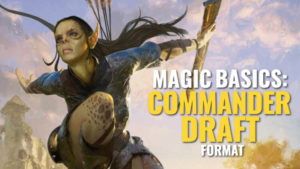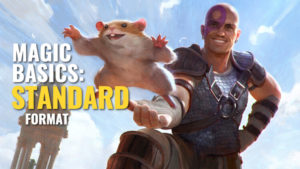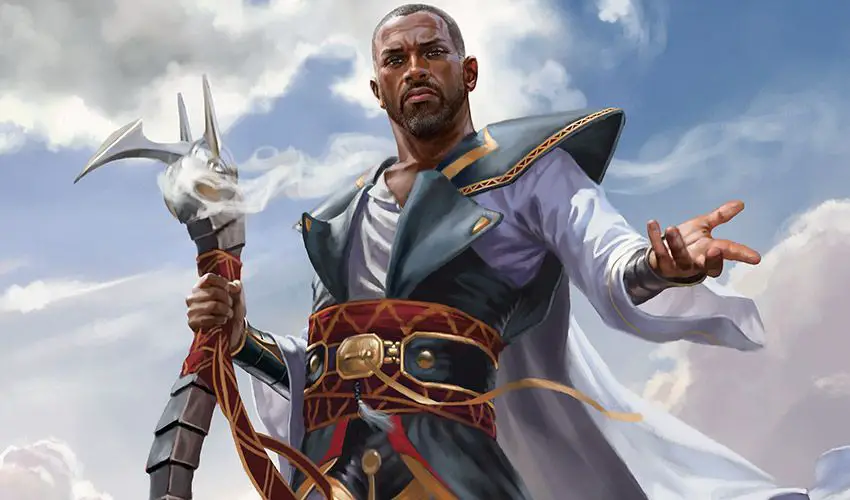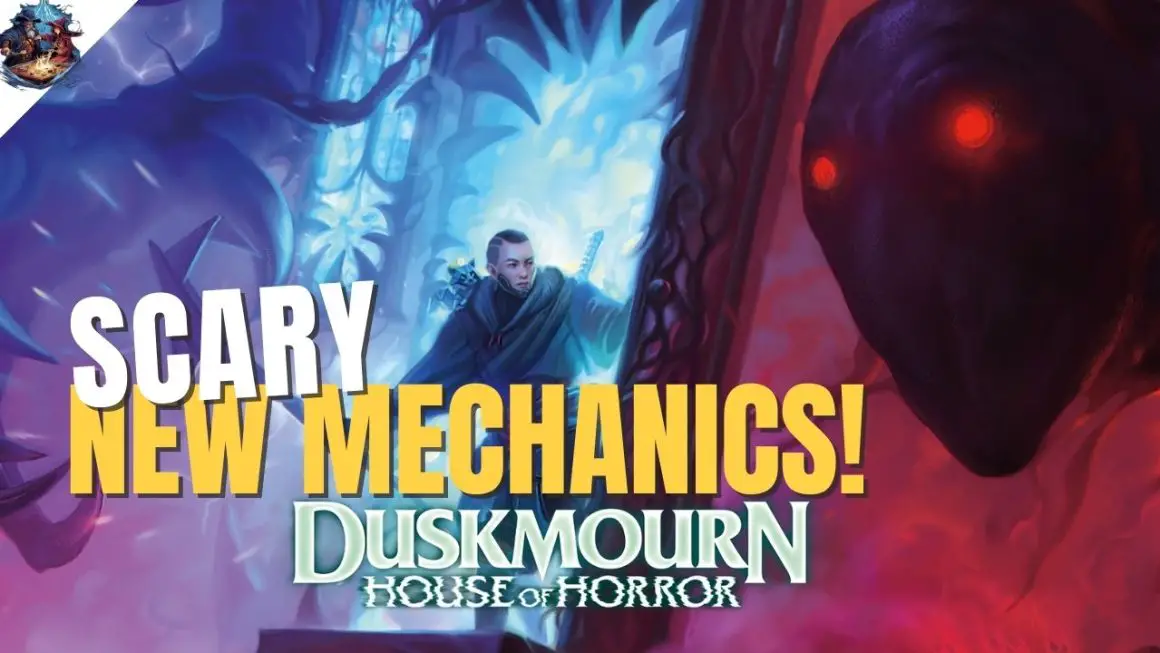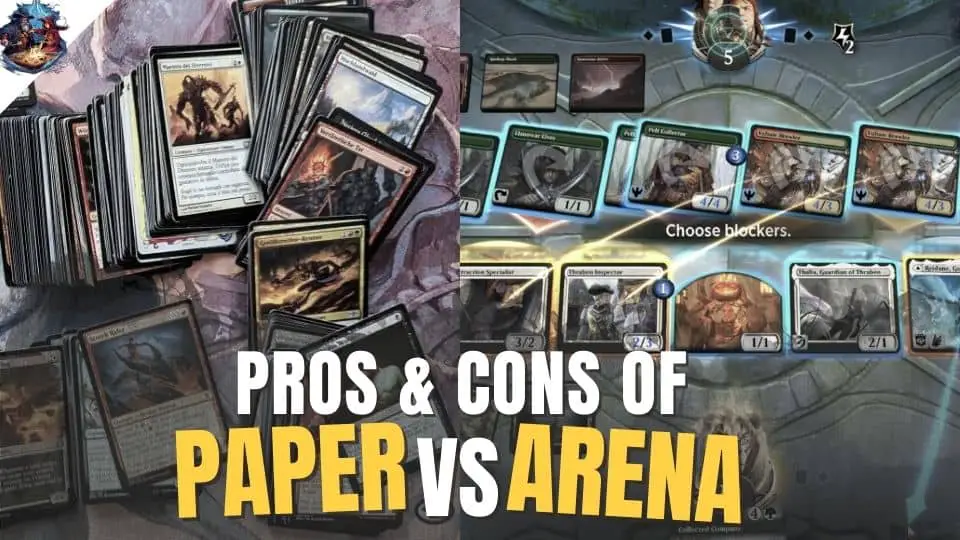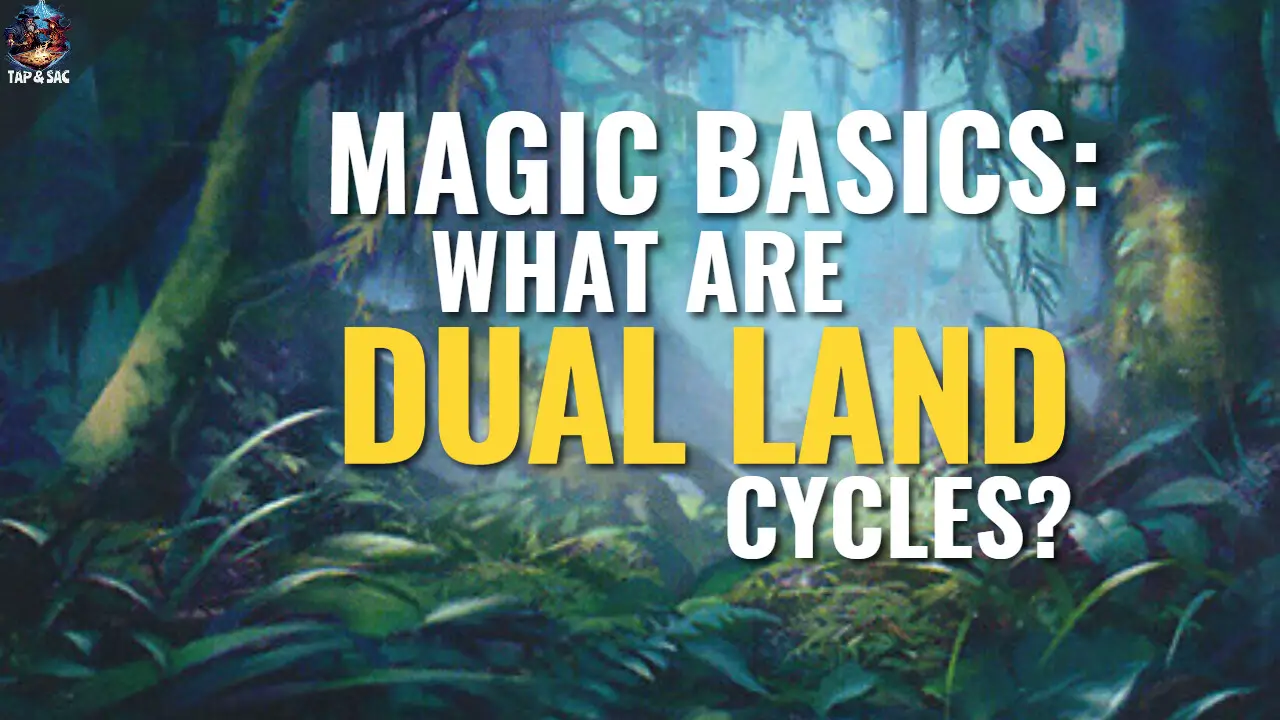Planeswalkers were first introduced in 2007, in the Lorwyn expansion, and is Magic: the Gathering’s own manifestation of the Hero mechanic found in many other games. Planeswalkers are powerful, they are real characters with backstories, and can win you the game with their Emblems.
Many of the game’s iconic characters – Teferi, Nicol Bolas, Jace Belaren etc. -are Planeswalkers. In the Lore, becoming a Planeswalker is akin to developing some form of supernatural powers, and also the ability to “Planeswalk,” moving between different worlds and realms.
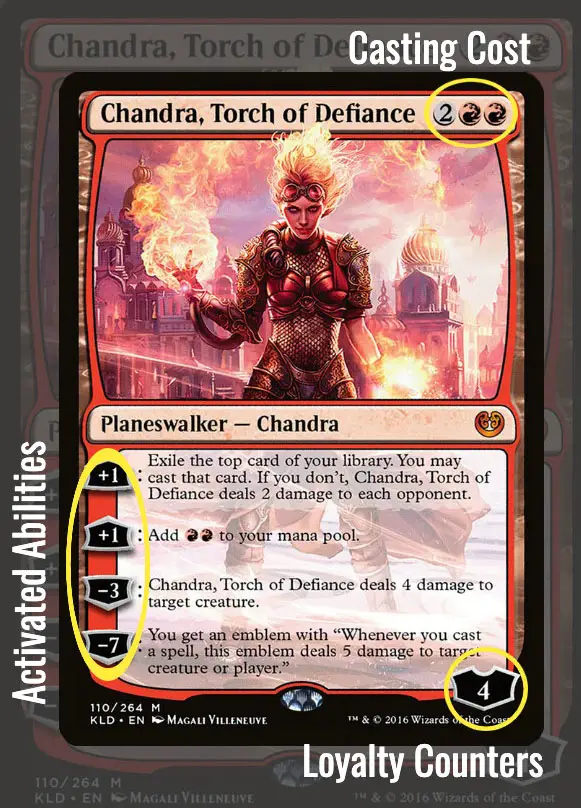
Planeswalkers Are On The Same Level as Players
Let’s start with the basics: Planeswalkers are considered to be Permanents on the Battlefield, just like Lands, Creatures, Artifacts, etc. and contrary to common sense, it doesn’t count as a Creature.
The other critical difference between Creatures and Planeswalkers is that the Planeswalker can be targeted for attack in the Combat Phase. Essentially a Planeswalker cast spells much like a player, thus are considered to be your equal. Hence a Creature has the option to attack either the opposing player or one of his/her Planeswalkers (but not both). If you have two Creatures attacking, one can be directed to the player, and one to the Planeswalker, or any combination of the two.
There are a few notable exceptions where Planeswalkers can turn into Creatures, such as Gideon Blackblade and Arlinn, the Pack’s Hope. When they do, these Planeswalkers can be targeted by spells and abilities that would normally affect Creatures.
Loyalty Counters
Since Planeswalkers are not Creatures, their health is not determined by toughness but by Loyalty Counters instead. These counters can be added and removed just like any other, and is also the fuel for their activated abilities.
A +1 activated ability will add 1 Loyalty Counter to that Planeswalker, while a -3 would likewise take away 3. You cannot use an ability that goes beyond the number of Loyalty Counters available, for example using a -3 when there are only 2 counters left.
Choice of Multiple Abilities
Planeswalkers are unique because they have + and – abilities that correspondingly increases or decreases their Loyalty counters. By default, Planeswalker abilities activate at “Sorcery” speed (on your Main Phase when you have priority), only once per turn and only on the controller’s turn.

There have been exceptions in recent years: Teferi, Master of Time allows players to activate his abilities at any time you could play an Instant (able to respond to other actions), and also on any player’s turn.
Because Planeswalkers usually have a minimum of 2 ability choices, they give the player significant advantage and options as long as they keep them alive. The longer they remain on the Battlefield, they inch closer to activating their ‘ultimate’ ability – one that generates a game-breaking Emblem.
Create Powerful Emblems
Emblems are the ultimate goal of Planeswalkers, usually activated by a -X ability that requires a lot of Loyalty counters. Because they are hard to create, Emblems are also incredibly powerful. Currently there is no way to remove an Emblem once it has been created.

This Emblem is created from Teferi, Hero of Dominaria. Any card drawn results in the Exiling of an opponent’s Permanents, including Lands. Since there is currently no way for any player to remove Emblems once activated, it is usually game-winning. The value generated by Emblems can be too great.
End Step
As of June 2022, there are a total of 263 Planeswalkers in the game. Some popular characters, such as Chandra Nalaar above, have close to 16 versions. As new sets are released, more versions of the same character are made.
Planeswalkers have definitely made the game more interesting, involved and complex. Here’s a list of the top 100 Planeswalkers in the Commander format context.
If you’re still learning about Magic, check out more articles in our Basic Learning Guide:
